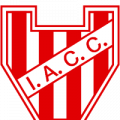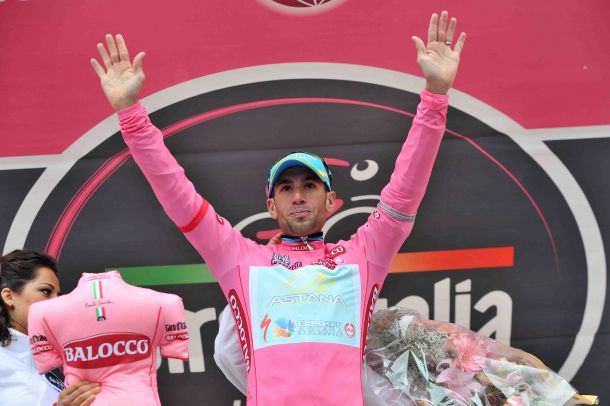Stage eight: Foligno - Montecopiolo 179km
The race has finally reached the real mountains and the fight for the Maglia Rosa must begin in earnest. The stage is relatively hilly all day, but the real climbing comes in the final 60km, where the peloton faces the Cippo di Carpegna, officially a 7.85km climb at 8.2%, but the climbing begins 9km earlier. Immediately after the descent the peloton climbs to Villaggio del Lago, 9.3km at 6.2%, and then after a short descent tackles the 6.3km at 5.9% climb to the finishing line at Montecopiolo. That final climb is tougher than it sounds, with several ramps over 10%, a long 11% section inside the final 2km, and a 13% ramp in the final 250m. It's the toughest finish of the race so far and the pure climbers need to use it to take time over the better time trialists.
Stage nine: Lugo - Sestola 172km
Stage nine features a longer and higher summit finish, but the stage itself is less testing than stage eight. The first climb, a 13.2km and 3.8% ascent, comes after the relatively flat opening 110km of the stage. Then, after a relatively difficult looking 4th category climb, the peloton tackles the 16.5km at 5.5% climb to the finish at Sestolo. That final climb effectively breaks down into three distinct sections; a first 9km section at 4.3%, a second 3.85km section at 8.2%, and the final 4.15km at 4.5%. With a rest day to follow, there should be fireworks in that steeper second section, and probably with 6-7km of the climb remaining. Any of the favourites who lose ground can try to recover when the gradient lowers towards the top.
Stage ten: Modena - Salsomaggiore Terme 173km
After the rest day comes a fairly normal looking stage for the sprinters. The finish in Salsomaggiore Terme is quite technical with plenty of corners and obstacles to negotiate. There is a small hill with a fast descent inside the final 10km, if the right riders can jump clear of the peloton here, then the technical run-in gives them a chance to stay clear. However the sprint teams will try and hit that hill at high speed to ensure that any such attacks are doomed to failure.
Stage eleven: Collecchio - Savona 249km
A very interesting looking medium mountain stage, it's the longest day of racing in the Giro d’Italia at 249km. There is plenty of climbing early in the stage which should let a good breakaway group establish itself before the race reaches the coast, however the second half of the stage is flatter prior to the nasty climb to Naso di Gatto, which includes a 7km, 8% section with ramps of up to 12%. After the climb there is a fast descent towards the finish which is 38km away. The Naso de Gatto is key, it is certainly difficult enough to provide the platform for the GC contenders to attack each other, but it would be hard to hold off a concerted chase when the line is so far away. Instead the race is likely to end is a sprint from a much reduced peloton, which suits any fast finishers able to remain in the front group, or chase back into that group on the descent.
Stage twelve: Barbaresco - Barolo ITT 41.9km
The longest and flattest individual time trial of the race, it gives the more rounded GC contenders a chance to gain time on the slighter climbers. However this being the Giro d’Italia, the flat ITT really isn’t that flat which helps the specialist climbers limit their losses. The fourth category climb dominates the first half of the course, after which there is a relatively straight and flat 8km section that will suit the more powerful riders, before finishing with another couple of climbs. The climbs in the course aren’t difficult, with the gradients generally falling in the 4-5% range, not steep enough to favour the climbers, but just steep enough to help them cope.
Stage thirteen: Fossano - Rivarolo Canavese 157km
A short and fairly standard sprint stage, it will be a while before the sprinters can come to play again, so it’s hard to see their teams letting this chance slip through their fingers. The peloton must make a right hand turn through a roundabout with 250m remaining, but the finish is not that technical overall. There are a few small hills inside the final 50km and it’s possible that some teams may try and drive the pace over them to try and dislodge Marcel Kittel (Giant-Shimano), but even with his recent problems climbing, there really isn’t anything difficult enough in this parcours that should force him to be dropped.
Stage fourteen: Agliè - Oropa 164km
On stage fourteen the race returns to the mountains with a very difficult stage to Oropa. The first half of the stage is relatively bumpy and will see frantic action as riders targeting the King of the Mountains jersey will want to be in today’s break. The real climbing begins at the halfway point of the stage with the Alpe Noveis, a 9km and 7.8% climb, though that 7.8% average gradient is misleading as much of the first 3kms are quite gentle, after that the gradient is generally in excess of 10%, reaching up to 16% at points. Next is the 18.35km, 5.5% Bielmonte climb, followed by a long descent to the foot of the final climb. The climb to Oropa is 11.75km at 6%; however once again that average gradient fails to reflect the true difficulty of the climb, after an easier opening 5km, the final 6.75km of the climb have an average gradient of 7.9%, ramps of up to 13% and sustained sections of 7.9% and 7.4% inside the final 2.5km of the climb. The scene of a famous victory for Marco Pantani.
Part one of our preview of the parcours can be found here https://www.vavel.com/en/cycling/345244-countdown-to-the-giro-the-parcours-stages-1-7.html
All stage profiles come from the Giro website http://www.gazzetta.it








































